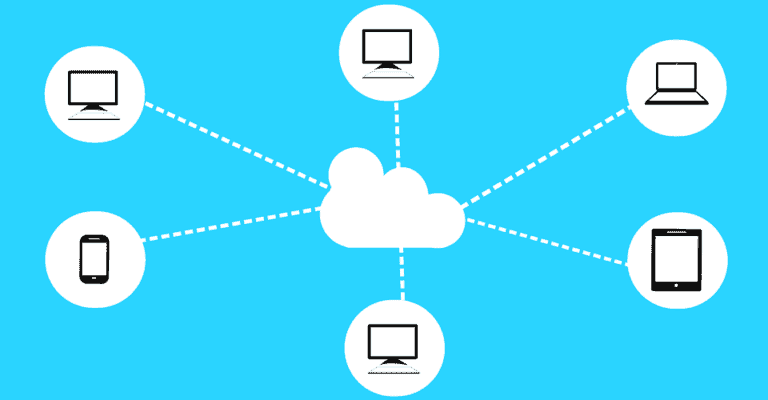Everyone wants to keep cloud costs as low as possible without compromising reliability and infrastructure quality. While the technology itself has relatively low costs initially, shifting cloud workloads and dealing with multiple instances can be tricky.
Fortunately, there are practical steps you can take to manage your company’s cloud expenditures so that you can stay within your budget. Here are some tips to manage your instances more efficiently and get even more cost savings out of your investment in the cloud. Enter, cloud expense management.
Implement auto-scaling
One of the core advantages of cloud computing is the ability to scale your resources with consumer demand. To manage unexpected traffic spikes and variable demand, you can configure cloud systems dynamically for capacity with auto-scaling – utilizing additional resources only when needed and switching them off when they’re no longer required.
The perks of auto-scaling to your applications’ structure aren’t just restricted to effective cost management. Taking the measure also allows you to identify when an instance has malfunctioned, and then automatically cease the said instance and relaunch a fresh version.
Choose instances that are tailored to your workload’s specific needs
Some business applications rely on compute memory and resources in equal quantity to perform their roles effectively. Others require less CPU time but may need more memory, or vice versa. Dedicated applications may require other forms of resources, such as general processing units.
Whatever your applications’ requirements, there is almost certainly an instance tailored for it. So, before you buy a generic instance with an equal measure of virtual memory and CPUs, inquire to see whether a custom instance might offer a better balance between cost and resources.
Leverage tiered storage classes
For data-intensive cloud workloads, an easy way to manage costs is to utilize tiered storage classes. All the major cloud providers list several storage classes for their offerings; you can get more information about storage classes on Azure by visiting this page and AWS S3 by opening this link.
Although the details vary based on which vendor you use, in general, it’s possible to lower cloud computing costs by placing your resources into what vendors label as “archive” storage classes. Archive storage classes are offered at a lower price point. For tasks that don’t require frequent access to resources (like data backup and archiving), cost-friendly storage classes are a great way to manage your cloud computing bill.
Track and analyze the usage of services
Management and monitoring tools like AWS Trusted Advisor provide you with access to your instance KPIs. Based on the scale of data captured, you can assess all of your workloads and configure your instance size down or up.
Trusted Advisor is an ideal solution since it also pinpoints idle resources by launching configuration checks. Additionally, the tool offers real-time guidance to help you run your resources according to cloud computing best practices – delivering weekly updates to improve performance and security and minimize your overall costs.
Take the leaderboard approach to maintain cost-efficiency
One of the best ways to achieve cloud expense management in cloud computing is to take the leaderboard approach. This involves showing a group of stakeholders the ineffective their microservices are compared to their peers. Watch how quickly they find a way to turn things around, no micromanagement needed.
The gamification keeps “betterment” top of everyone’s mind and reduces wastage. Also, if there’s a sudden spike in cost, the group will see it immediately and take steps to address it before too many funds leak out of your budget.
Capitalize on reserved instances
If you’d be utilizing the cloud for a minimum of three years, then leverage reserved instances should be your best play. By doing so, you can save up to 50% in cost. How, you ask? Reserved instances offer a better per hour price, something which will undoubtedly bring the cost down.
Leverage brightfin’s cloud management portal
As part of its cloud cost management suite, brightfin offers a centralized cloud monitoring tool that enables users to manage their cloud services, inventories, and spend with access to cost center managers, project managers, teams, and cloud service managers.
Brightin’s software also gives you access to cloud analytics where you can drill down to understand every tidbit of your overall spend. Additionally, you get the benefit of automatic allocation of cloud spend, as well as configurable audit rules that play an essential role in invoice audits. As a result, you can eliminate all the manual work associated with cost allocation, reporting, and invoice reconciliation.



